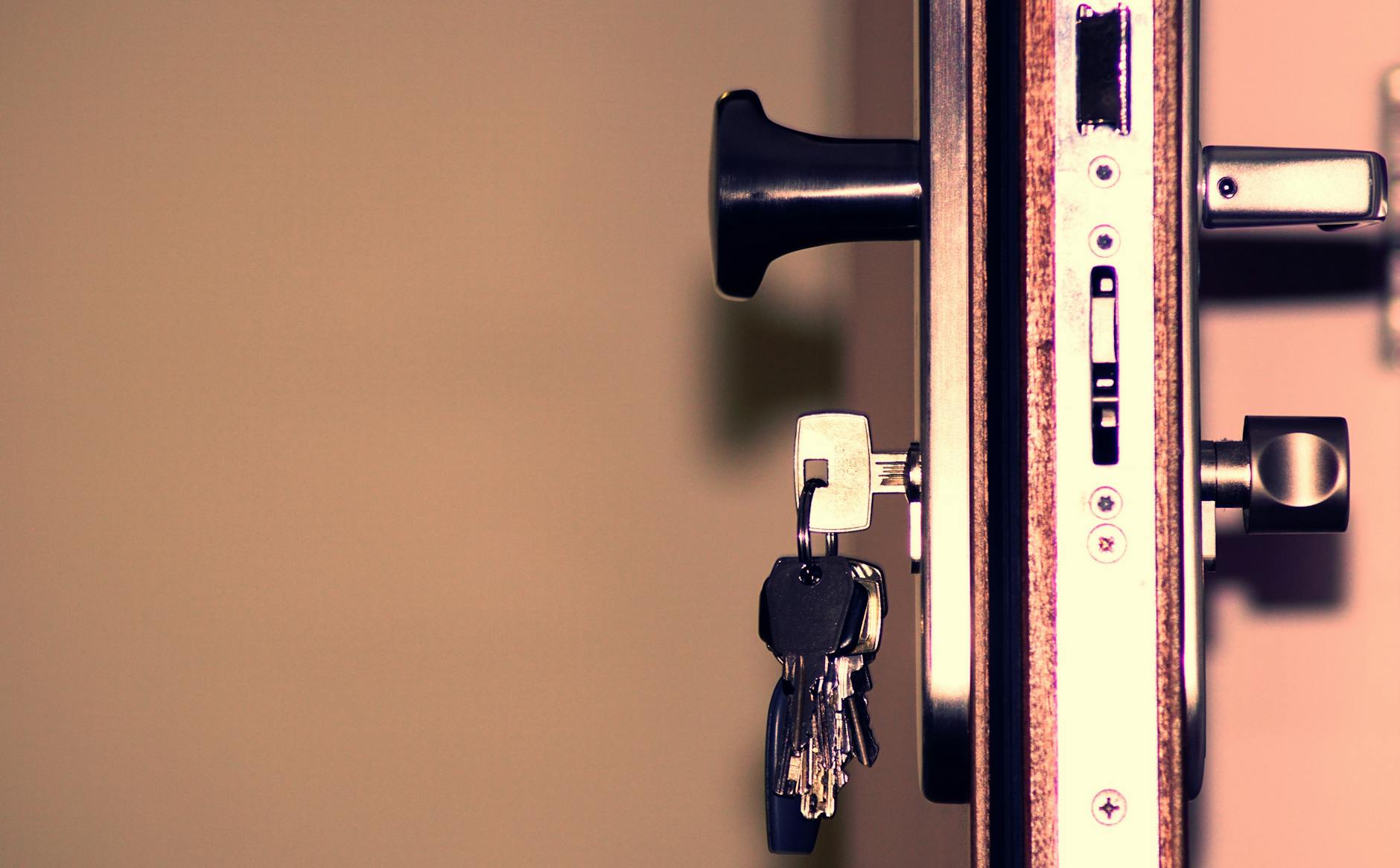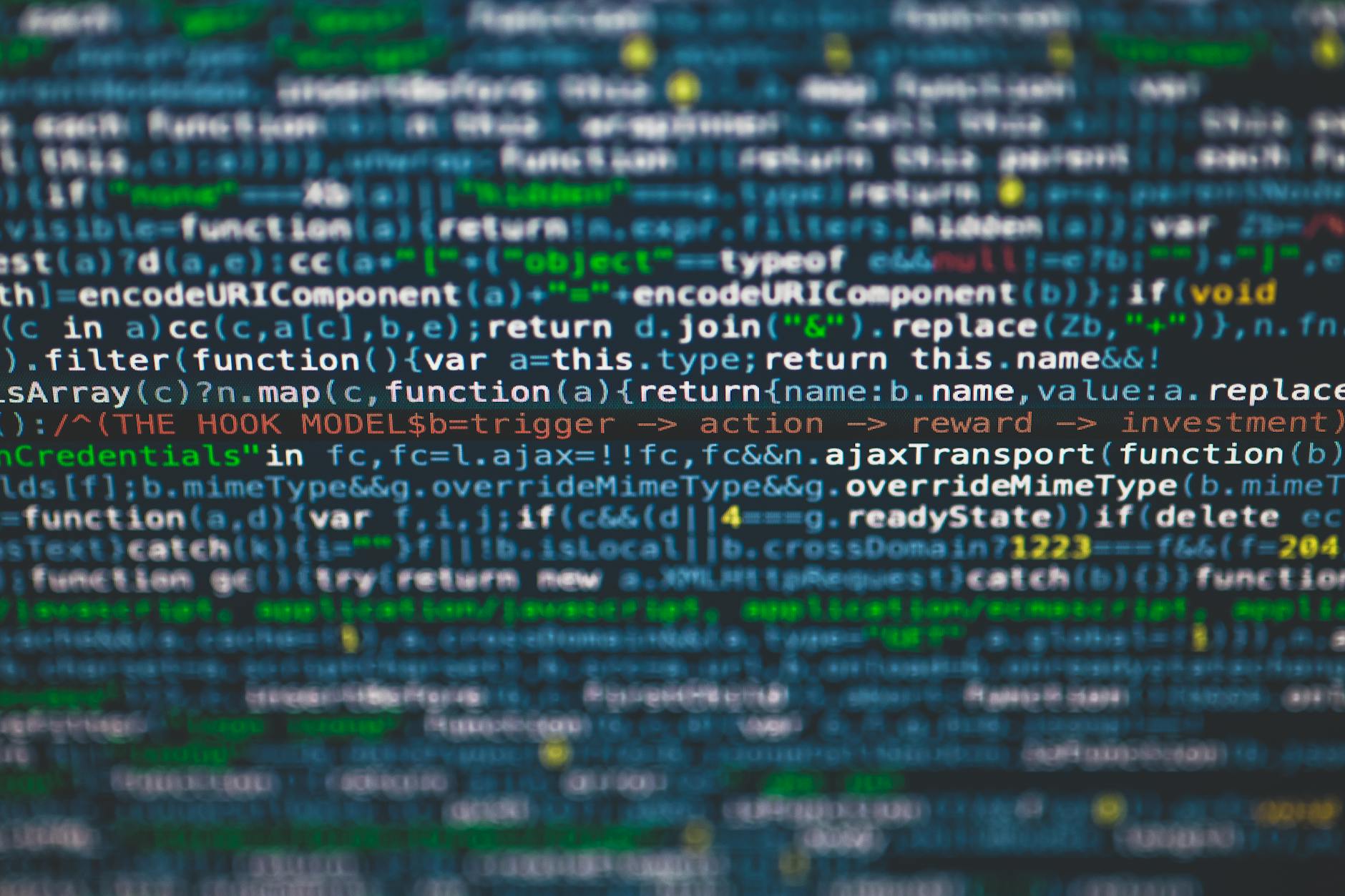We are finally so close to unifying the many systems in a house that I can taste it. If you think of the homes of say 2000, here are the systems and controls which you can see if you imagine you are coming home with every possible bell and whistle (think Beverly Hills)
- Exterior cameras to a set of VCRs or a closed circuit TV monitor
- Outside Gate opening with a gate opener in your car, a card key, keypad or a telephone with a camera
- Garage door opening with a remote and its own wireless frequencies
- Exterior door opening with a key or Cardkey. For fancy homes, these are tied with an access control system that handles all the doors.
- Telephone inside with a little PBX and a few dial-out lines. And an interior extension that talks to the gate controller.
- A sprinkler system with its own remote control system and rain sensor.
- Alarm system with a keypad at each entrance. And a phone dialer to a remote station.
- Fire and smoke detectors and water leak detectors. If you are lucky they are plugged into the alarm system
- A doorbell to ring and maybe a camera there too.
- A lighting system. Either plain switches or a fancy Lutron with its own lighting controllers connected by wires or special wireless.
- You then pass a thermostat with a couple of zones with its own controller
- Then to turn music on if you are lucky you have a multi-room audio system with a collection of in-wall speakers.
- A stereo or two with a CD player and speakers in the living room.
- A few TVs in the bedrooms and maybe the family room. A PlayStation connected to them
- A nice home theater with its own dedicated control system connected to cable TV and a nice Blu-ray or DVD collection. All use infrared controls and maybe a Crestron.
- A laptop with wifi and PC to Ethernet connected to a cable modem
To show how complex it is, let’s just look at how the outside systems are wired (Thanks to WP-Mermaid for the great flowchart making), but you can see there is a host of systems all with their own connection, and most of them are direct wired like spaghetti. And yes, I’m actually just using the connector names so RJ-11 means a Plain Old Telephone Service (POTS) and is technically a 6P4C connector which means it connects two twisted pairs. That becomes more important later when we talk about Ethernet compatibility. And an RG-59/U which is an unshielded cable used for cable. The Wiegand protocol and wiring are used for door access. And notice how things have to get power and communications
And let’s just take a quick look inside the house it’s another mass of vertical stacks of networks that are all proprietary. Note that 4-wire Alarm Wire, but you can see how complicated just the Alarm system is and the door access and it’s all proprietary
And finally, from the low voltage system you have a mass of 4-wire and then proprietary radio standards and you can see there is no way for the Alarm system can talk with say the wireless system but it gets worse when you consider the other system for indoor living:
But it’s all really just about Networks: An OSI refresher
Wow, that’s a lot of systems each with essentially all the layers of the ISO OSI that is an expansion of TCP/IP which maps like this. But the main point is that in the last century, there were functional networks, they were vertical stacks that didn’t communicate:
- OSI Layer 1. different physical connections (cable, wireless remotes, IR) at layer 0.
- OSI Link Layer 2. The basic way you Coli it at from one node to another. This is where you have addresses. That is how you find things and take care of errors on a single link. This is also very heterogenous with the telephone system say a garage door opener. These two layers as an aside correspond to the TCP/IP network access layer 1.
- Network Layer 3. This deals with how you hop between network segments. That is how to route things from A to B by going through C and D and then E. In most of the homes of 2000, there is literally no way to hop. It’s all transmitter hits receiver.
- Transport Layer 4. This assemblés messages into packets and deals with whether there is a session or you are just firing data. Again completely different.
- Session Layer 5. This is how you start communications.
- Presentation Layer 6. This handles things like data formats and encryption.
- Application Layer 7. This is the actual way you get to something like a web browser. Layers 5, 6, and 7 correspond TCP/IP application layer.
Everything was in walled gardens and seas of network protocols
Things started to get better in the 2010s with Smart Home initiatives by Google, Amazon Alexa, and Apple to a lesser extent. The big issues were that each was separate, so you had to certify devices for each of them and you would end up with islands of computing that made it all difficult.
The other problem was in terms of connectivity, there are relatively few Ethernet taps in a typical house (like one on your router) and WiFi is great for “big” devices like your Laptop, but works terribly for small devices like say a windows open sensor as it draws lots of power.
So there are a sea of low-power protocols like Zigbee and Z-Wave all of which are incompatible Ethernet addresses and you need all kinds of hubs to make it all work.
But the big Idea is One Network for all Devices and all Controllers
The big idea is pretty simple to have a single network infrastructure and then hand all the devices there and all the controllers. So that instead of having a dedicated networking for each, there is just one, and then anything can interoperate with anything
The Great Convergence: A Single Network Layer
The big change has of course been the centering of the world around a single layer 2 Internet protocol or in a word we now have IP addresses everywhere in a single network. Now suddenly depending on the power requirements with Power over Ethernet, you can even route all the power for devices with up to 73W. That is a huge deal with standards like the original PoE 802.3af Type 1 at 13W, PoE+ 802.3at Type 2 at 25W, POE++ 802.3bt Type3 at 51W, and POE++ 802.3bt Type 4 at 71W.
If you look at all the different vertical stacks of old, in 2023 we are very close to converging in the middle. This is a pretty simple idea. At layer 3, everything has an IP address so we can plug lots of different hardware layers and they are IP addressable.
Even Legacy Networks can be Converted to IP
So from the dedicated doors, alarm, fire, lights, temperature, and home theater, they’ve all converged to hang different physical networks but ultimately they all have IP addresses. This is a huge advantage to having this convergence where you get everything eventually becoming IP traffic.
So what you see is what this convergence means. Well, first radio networks are coalescing around two standards, new builds around power-on-Ethernet and old ones at converting existing wires to Ethernet capable so that in the end it all looks like Ethernet no matter how you are connected.
So in the diagram below, besides laying out Ethernet Cat-6e which can support 1-10Gb now, you don’t have to throw your old networking away. For devices that are WiFi enabled which are many of the power-hungry ones, you just find some power and start using it. And if the device is RJ-45 only, then you can deploy a mesh access point, this does a wireless bridge for any Ethernet device.
Then for the truly desperate, if you can’t get a mesh AP out there, you can use Powerline which provides about 10Mbps over the electric power lines if you have to go through a circuit breaker box. But that is better than nothing. Most of the time though Mesh will work better.
For lower-power devices, they can use Thread or Zigbee and then a router takes you to the IP networks. Finally, if you really do just want a regular phone to work, you can use an IPPBX which does the conversion from 4-pair analog phones to VOIP. And with the right IP-based Alarm system, you can integrate all the existing sensors. Same with old Cable based cameras, you just insert an IP Video convertor that streams the analog camera input as an IP streaming signal.
But notice that although this is a very complex diagram, all the stacks are unified at the bottom with the IP network switch:
Converge old wires to IP in more detail
Now here comes the big trick. If you have an older home you can convert that old stuff to IP by buying some adapters:
- Cable TV. It’s MOCA and you can put all your home-run cable tv with a 2.5Gbps shared network so extend Ethernet to all your old TVs. The cost is around $99 a port. but if you have old Cable TV infrastructure, you can put a MOCA modem at the end of each and then have a MOCA receiver that goes to the IP Switch for about $100 per connection.
- Telephone lines. These are the new RJ-11 connectors. And by using vDSL or g.nn, you get an sm adapter on each side to get 300Mbps at every old phone line. A bit more at $240 for a line. If you have old Telephone wire around, then you can use vDSL modems which cost about $200 a line, this converts the old twisted pair lines into 300Mbps which is better than nothing particularly if they are far away. This is expensive as telephone lines are point-to-point.
Now comes the second big idea: Unified Client
Well now if the first phase is the unification at the network, that means everything can talk with everything. So instead of a dedicated phone to talk, a remote for a TV, a laptop for computing, etc. All of these formerly hardware tools become just software modules. Suddenly, you can separate the form from the function. You still want dedicated devices for convenience, but this is all about placement and batteries, you should be able to control anything from any of these devices. So the big devices you might have are:
- Tablet by every door. Instead of separate thermostats, light switches, speaker settings, and alarm panels, you just have one tablet that sits on the wall and does it all. The trick of course is that alarm companies want to sell you a dedicated panel, but what you really want is something commodity like an iPad Air that you can put into a receiver with power and just put applications on it.
- Tablet on every table. Yes, while there is still use for a handset if you don’t need that, then a device that is just another tablet that sits on every surface is a great idea. Ideally, it has a cradle for power and works off of WiFi. This combines all the lighting and everything else for each room. And ideally has voice input too for your voice assistant.
- Tablet at every desk. The same idea here, either it is a full PC or just a tablet, but you should be able to do everything with an application there.
- Tablet at every home theater station. I think you are getting the idea, there are no more separate remotes.
- Phone in every pocket. So you can run your home outside or inside, no matter where you are. This acts as presence.
- The voice assistant in every room. The same idea, a high-performance microphone array and quality speaker in every room as well.
This is what used to be called ambient computing, but it’s really the unification at the back-end of everything into a single addressable infrastructure and at the front-end,t is abstracting the applications so they can run on any and all physical devices by hand input or voice input.
Real Ease of Use, Web APIs and Enterprise Reliability
While we can see the backend and the frontend coming together hardware wise, where we only just starting on is a system that is reliable as a light switch. All this stuff is great for geeks, but as an example, when I upgraded our UniFi network, all the devices on WiFi went off line and none of the Philips Hue bulbs would turn on and off. We aren’t yet at the point where I don’t have 5-10% of our Smart Home devices down or needing a reboot. This could be the real barrier to full adoption. We need some real notion of enterprise reliability which means backup, recover, fault tolerance all have to be built in if this smart home stuff becomes mission critical.
Of course, there is hope on the road since you can actually build a unified client because with the unified backend comes, finally, a set of APIs that you can hope to build things with. There is no longer a need to figure out IR codes or hack away at applications, most of these things are web addressable.
So where are we on this road: May ChatGPT saves us?
Well the world is actually looking pretty good, but in 2025, hopefully, this whole thing becomes a reality because of three things that are going to happen:
- Completion of the IP Network unification in devices especially for low-power wireless and reliability. We are actually just about here now, but I can’t think of a home appliance that isn’t going to IP connected soon. We already have lighting, computers, audio, and home theater connected, now we are waiting for the legacy devices to change and that means refrigerators, stoves, and the like. The emergence of a low-power wireless standard in Matter and Thread. This is the big thing that is nearly here, so holding off on buying low-power devices makes sense. Get things that are at least Thread if not Matter enabled. If it is only Thread, then you are going to get locked into someone’s home control system, Matter would be better. The other Achilles heel is that the current Smart Home is not reliable enough. With 40 devices in our Apple Home, we constantly have 5-10% that are not connected.
- Completion of the universal applications that are easy to use. Apple Home is not there yet for regular mortals and having to swap between applications is a real pain. What we don’t have yet is some open-source projects that will make it easy to build these applications. Right now I’d say Siri is barely usable and definitely not reliable enough.
- A leap forward with the user interface probably with a LLM system like ChatGPT4. The final piece is that we need to get to real natural language programming. Even the simplest home interface is too hard to use. I have great hope for ChatGPT and its ilk as the answer to that.






